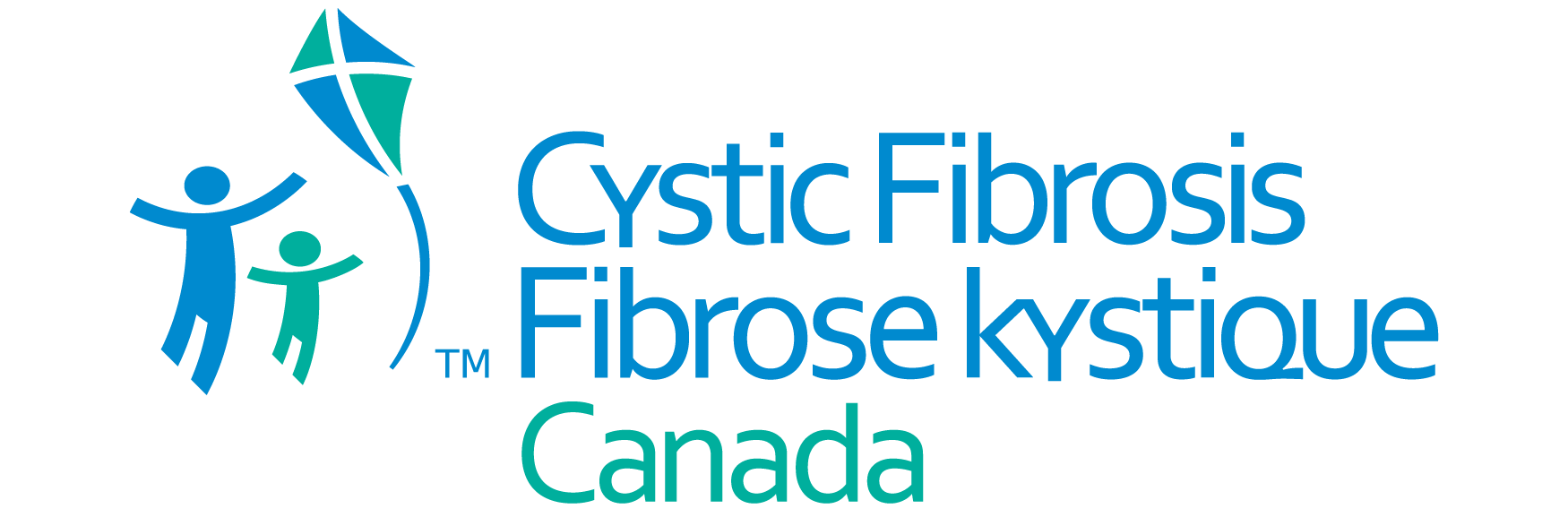Managing Procedural Anxiety: A Guide for People with CF
Share this:
This document was originally developed by the Cystic Fibrosis Foundation (CFF) and has been modified by Cystic Fibrosis Canada. To align with the Canadian context and terminology used in Canadian Healthcare this resource was revised in consultation with various Canadian CF social workers, nurses, and members of the CF community.
What is Procedural Anxiety?
Fear, worry, stress, and anxiety about medical procedures are common. Procedural anxiety is fear about a medical procedure that:
- Interferes with your ability to start or complete a procedure
- Leads you to avoid the procedure altogether
- Prevents you from coping effectively before, during or after the procedure
The body is supposed to “signal” to us when something is new, unexpected, potentially harmful, or uncomfortable to help keep us safe and healthy. Sometimes the signal is too strong, which can lead to anxiety growing and getting out of control. These feelings can begin even days before the procedure and last after it. The good news is that there is a lot we can do to prevent or manage procedural anxiety.
What can we do to Manage Anxiety about Procedures?
Learn more about the procedure
- Feel more in control by learning who will do the procedure, where it will be, why you need it, and what you should feel like afterward.
- Help kids prepare. Some children benefit from not knowing about a procedure until right before, and some need time to ask questions and create a plan to feel ready. Many hospitals have child life specialists whose job is to help children learn about procedures and develop coping skills through play.
- Ask about choices you can make like watching or not watching the procedure, picking where on your body to get a shot, or to have the procedure at the beginning or the end of a clinic visit.
Find ways to lower stress
- Get a full night’s sleep.
- Think of ways to have fun and relax on your way into clinic.
- Bring an object that comforts you from home like a blanket or photo.
- Write down feelings to help describe the experience to others.
- Develop and share a “comfort plan” that lists what you need to help you relax and cope.
Use proven strategies
- Identify an activity or object to look forward to after the procedure is finished
- Bring a friend or loved one for support
- Numb skin at least 60 minutes ahead of time to help make needle sticks less painful
- Numbing skin is an option to reduce pain. It’s best to consult your healthcare provider for best practice, but this resource provides helpful information on the topic.
- Use a device to reduce the sensation of pain for needle sticks (ask your team for suggestions).
- Use distraction.
- Use positive words, like giving praise specifically for using coping skills and cooperating.
Distractions to try
- Listening to music
- Playing video games
- Watching funny videos
For infants and young children:
- Breastfeed infants, which helps comfort, distract, and decrease pain.
- Talk to your healthcare provider about using medicated concentrated sugar drops on the infant's pacifier
- Show your child how to be calm by using a quiet voice, smiling, and breathing slowly and deeply.
- Ask your team to suggest comfort positions.
Get support
- Talk to others, such as your care team, family, friends, or therapist about how you feel.
- Teens and adults can benefit from support from others who have had similar experiences.
Get help from mental health professionals
- A mental health professional can help you learn and practice techniques to manage difficult thoughts or strong stress reactions such as:
> Deep breathing
> Muscle relaxation
> Guided imagery
> Mindfulness
> Exposure therapy
> Positive self-talk (“I have done this before and it went fine”) - People typically see a psychologist, or social workers trained in psychotherapy but if all strategies above are attempted without success, consider psychiatry
- A mental health professional-and your CF team-can discuss the pros and cons of medications to help manage pain or anxiety.
For more information on the topic of increasing comfort around medical procedures/experiences, visit this link to find a learning hub with articles, videos and more.
